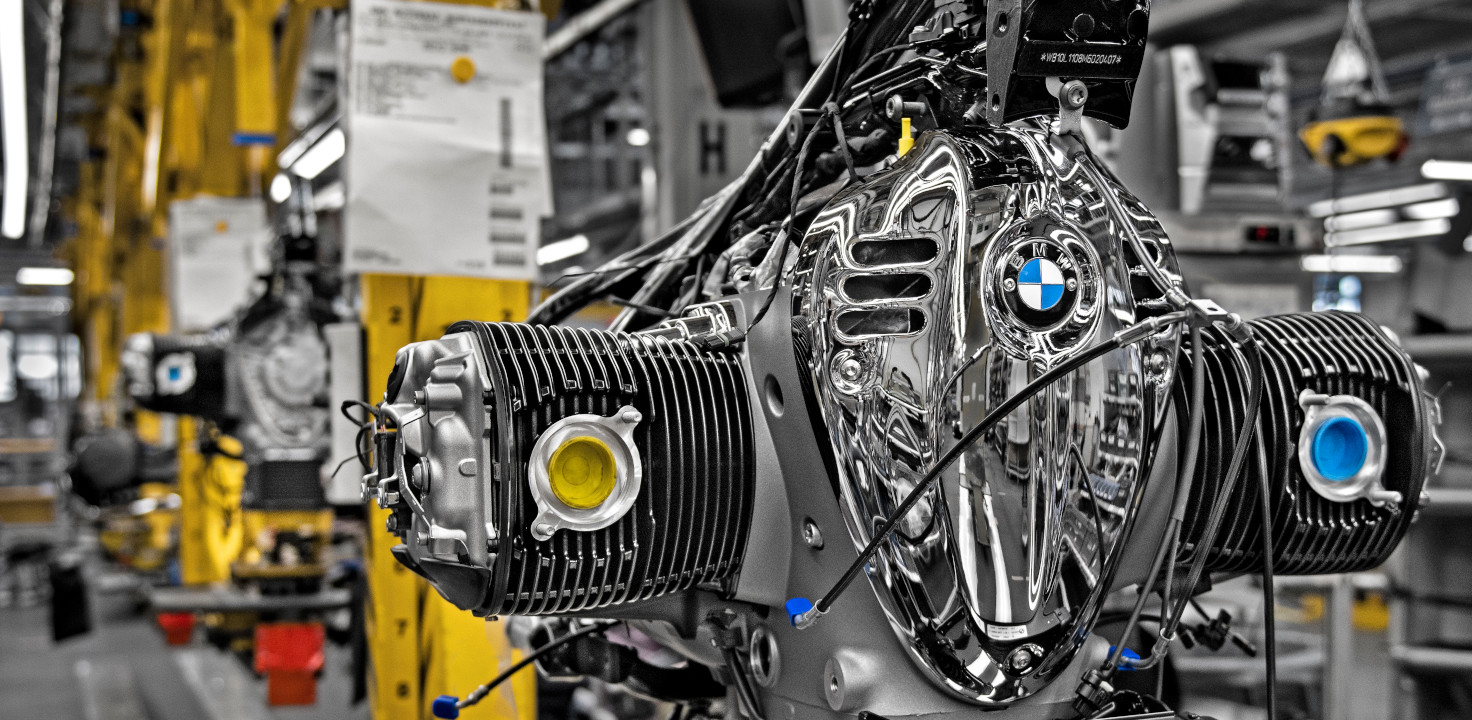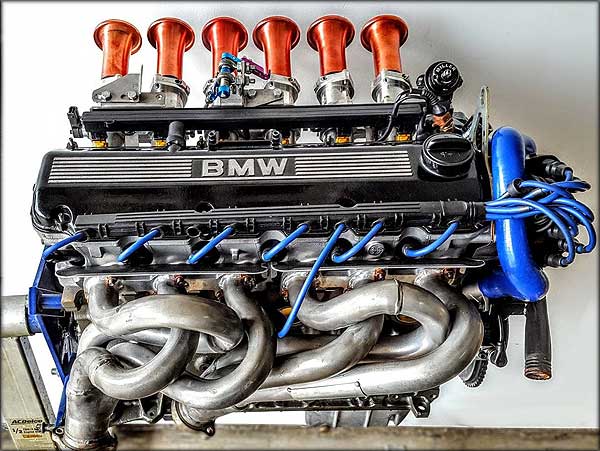Introducing the Intricacies of Next-Generation Power Units: a Deep Study Advanced Engine Styles and Advancements
In the world of automotive design, the ruthless search of effectiveness, performance, and sustainability has moved the development of power units to unmatched heights. As we depend on the precipice of a new era in transportation, the details of next-generation engine layouts bid us to explore the innovative innovations and developments that promise to redefine the driving experience. From innovative materials that press the borders of durability and weight decrease to advanced turbocharging and turbo charging systems that boost power outcome to new degrees, each element of these power devices holds a crucial to unlocking the future of auto engineering. Delving much deeper into the worlds of discharge control, intelligent engine monitoring systems, and the horizon of power device advancement, we find ourselves on the cusp of a makeover that guarantees to improve the landscape of movement as we know it.
Development of Engine Products

The shift towards advanced engine materials has actually likewise made it possible for designers to design engines with greater power outcomes while maintaining fuel performance requirements. For instance, making use of lightweight materials reduces the total weight of the engine, bring about improved fuel economy and lower exhausts. In addition, advancements in materials modern technology have permitted far better thermal monitoring within engines, causing enhanced reliability and longevity.
Turbocharging and Supercharging Technologies
How do Turbocharging and Supercharging Technologies revolutionize engine efficiency and effectiveness in contemporary automobiles? Turbocharging and supercharging are modern technologies that substantially enhance engine efficiency by boosting the quantity of air intake right into the combustion chamber. Turbocharging attains this by using a generator driven by exhaust gases to pressurize the consumption air, while supercharging utilizes a belt- or chain-driven compressor to achieve the very same effect.
These innovations enable smaller, much more fuel-efficient engines to produce power comparable to larger ones, called downsizing. By requiring even more air into the cyndrical tubes, turbo charging and turbocharging improve burning efficiency, leading to raised horse power and torque outcome without a substantial increase in engine dimension. This leads to much better velocity, lugging capability, and total driving performance.
Additionally, turbo charging and turbocharging add to boosted fuel effectiveness by permitting the use of smaller sized engines that consume much less gas under normal driving conditions - bmw engine. This mix of boosted efficiency and effectiveness has actually made turbocharging and turbo charging integral elements of lots of modern engine layouts
Discharge Control and Environmental Influence
With increasing worldwide worries relating to air top quality and environmental sustainability, the implementation of discharge control innovations in lorries plays a vital role in reducing damaging toxins launched right into the atmosphere. Modern automobiles are equipped with advanced discharge control systems that aid decrease the ecological influence of auto procedures. Catalytic converters, for example, are made to transform poisonous gases such as carbon monoxide gas, nitrogen oxides, and hydrocarbons right into less damaging compounds like carbon dioxide and water vapor.
Additionally, developments in engine technology, such as the combination of exhaust gas recirculation systems and careful catalytic decrease, have dramatically added to lowering emissions. These technologies function in tandem to enhance combustion performance and reduce the release of harmful toxins right into the air. Furthermore, the development of crossbreed and electrical cars represents an essential action in the direction of minimizing the general ecological footprint of the transport market.
Intelligent Engine Monitoring Solution

Additionally, these systems make it possible for cars to meet rigorous discharges criteria without jeopardizing efficiency, offering an extra environmentally friendly driving experience. The assimilation of artificial intelligence and artificial intelligence capacities in engine administration systems remains to press the boundaries of what is feasible, causing further enhancements in efficiency, dependability, and total car efficiency. bmw engine. As automotive modern technology advances, intelligent engine monitoring systems will play a vital role in forming the future of transport towards a much more sustainable and efficient direction
Future Trends in Power Device Development
As intelligent engine administration systems lead the way for boosted control and optimization in modern-day cars, future patterns in power device growth are positioned to redefine the landscape of automobile propulsion technologies. One of the essential patterns driving advancement in power device growth is the shift towards electrification. With an enhancing concentrate on sustainability and minimizing carbon exhausts, crossbreed and electrical powertrains are becoming much more prevalent in the automobile market. These alternate power sources provide boosted efficiency and performance while aligning with stringent environmental regulations.
An additional substantial pattern is the integration of you could try these out sophisticated products and manufacturing strategies. Light-weight products such as carbon fiber and aluminum are being used have a peek at this website to reduce overall automobile weight, improving gas performance and efficiency. Additionally, developments in 3D printing and additive production are making it possible for the production of complex engine parts with higher accuracy and durability.
Additionally, artificial knowledge and device learning are playing a crucial function in optimizing power device efficiency. These technologies permit real-time tracking and flexible control, causing more reputable and efficient power shipment. Overall, future patterns in power device advancement are geared towards efficiency, performance, and sustainability, driving the automobile sector towards a new period of propulsion technologies.

Conclusion
In final thought, the advancements in engine materials, turbocharging, discharge control, and intelligent monitoring systems have actually led the method for next-generation power systems. The detailed layouts and advancements in modern engines showcase the continuous development of vehicle modern technology.
Discovering the progressive innovations in engine materials has been critical in improving the performance and effectiveness of contemporary engines. Over the years, the advancement of engine materials has played an important function in pressing the limits of what engines can accomplish.The shift in the direction of progressed engine materials has actually additionally made it possible for designers to create engines with higher power outcomes while preserving fuel efficiency standards.The execution of intelligent engine monitoring systems in modern lorries has actually changed the method engines are managed and optimized for efficiency and performance. By accumulating information in real-time and evaluating it with sophisticated algorithms, smart engine administration systems can adjust to driving designs, environmental variables, and engine look at this now health and wellness to optimize power result while minimizing gas consumption and discharges.